BenIndy highly recommends ‘Jumping Into Solutions’
By Pat Toth-Smith, November 7, 2023

I am pleased to announce the locally produced You Tube and Spotify podcast channel, “Jumping into Solutions” has three new episodes to help you GO ELECTRIC in your home. We feature local Benicians’ who have started on their own paths of reducing their carbon footprint by making their homes as energy efficient as possible. The episodes feature local co-hosts Kathy Kerridge and me, Pat Toth-Smith, neighbors and experts in their fields who answer complicated questions like, how does the technology work and can I afford it?
Switch Is On to Electric Heat Pumps | EP. 2
Here’s everything that you need to know about switching to the energy-efficient, electric water heater pumps and electric home heating/cooling pumps. This episode clears up the questions of how new electric heat pumps work, does it cost a lot of money to install, and can I remove my gas system after installing them?
BENEFITS of Home Solar Panels & Solar Battery Storage | EP. 3
This episode talks about the benefits of going solar at a time when reducing our carbon footprint is vital; it answers questions about affordability, rebates, how solar works with your energy provider, solar battery storage functions and how to use your battery in the event of a power outage? And discussions about the new PG&E changes involving NEM 2 and NEM 3.
Switch to Electric Induction Stoves from Gas Stoves | EP. 4
Did you know, induction electric stoves are more energy efficient than gas and electric stoves and can boil water or heat up food faster than both. They also are healthier than gas stoves because gas leaks can occur when idle and/or outgassing when in use. Many adverse health effects are related to this outgassing of toxic gasses that includes Benzene, Carbon Dioxide and also PM2.5, which can cause resp illnesses and other more serious diseases. Induction electric stoves are safer than gas or electric because energy is transferred to the pot by an electromagnetic field, and the stove turns off after the pot is removed. It answers questions like: How does induction work? What toxic, green-house gasses are released? Are there rebates?
For more information go to https://www.jumpingintosolutions.com/
Thank you, Pat Toth-Smith founder, and Benicia Resident





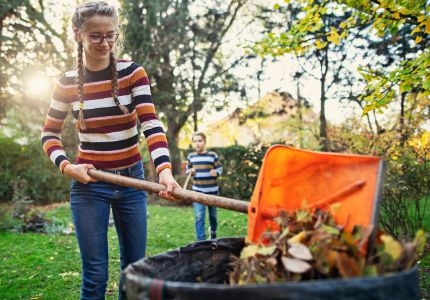
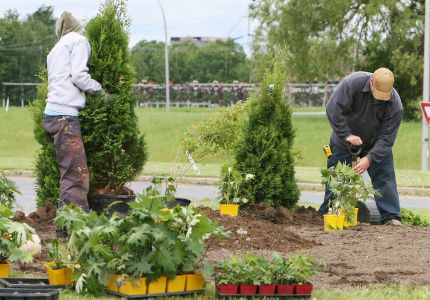
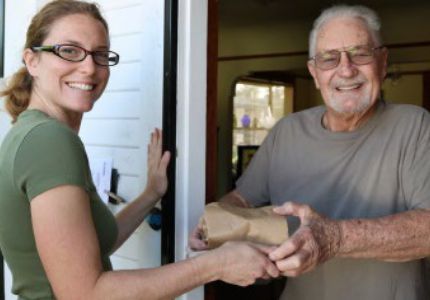
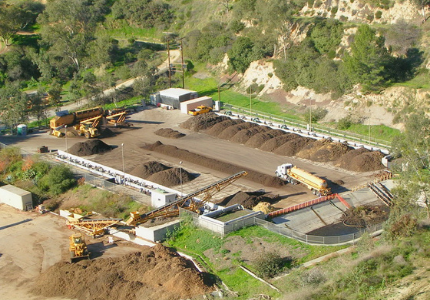
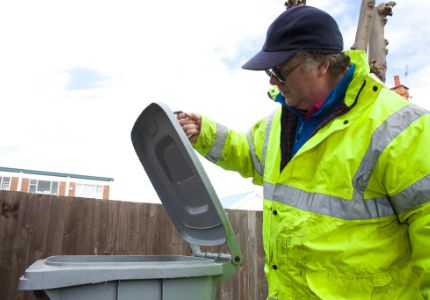

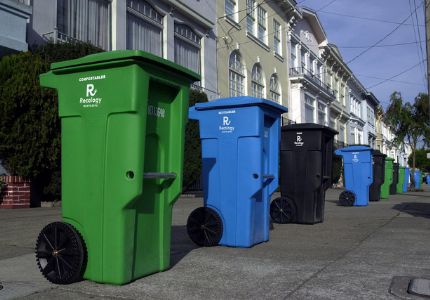

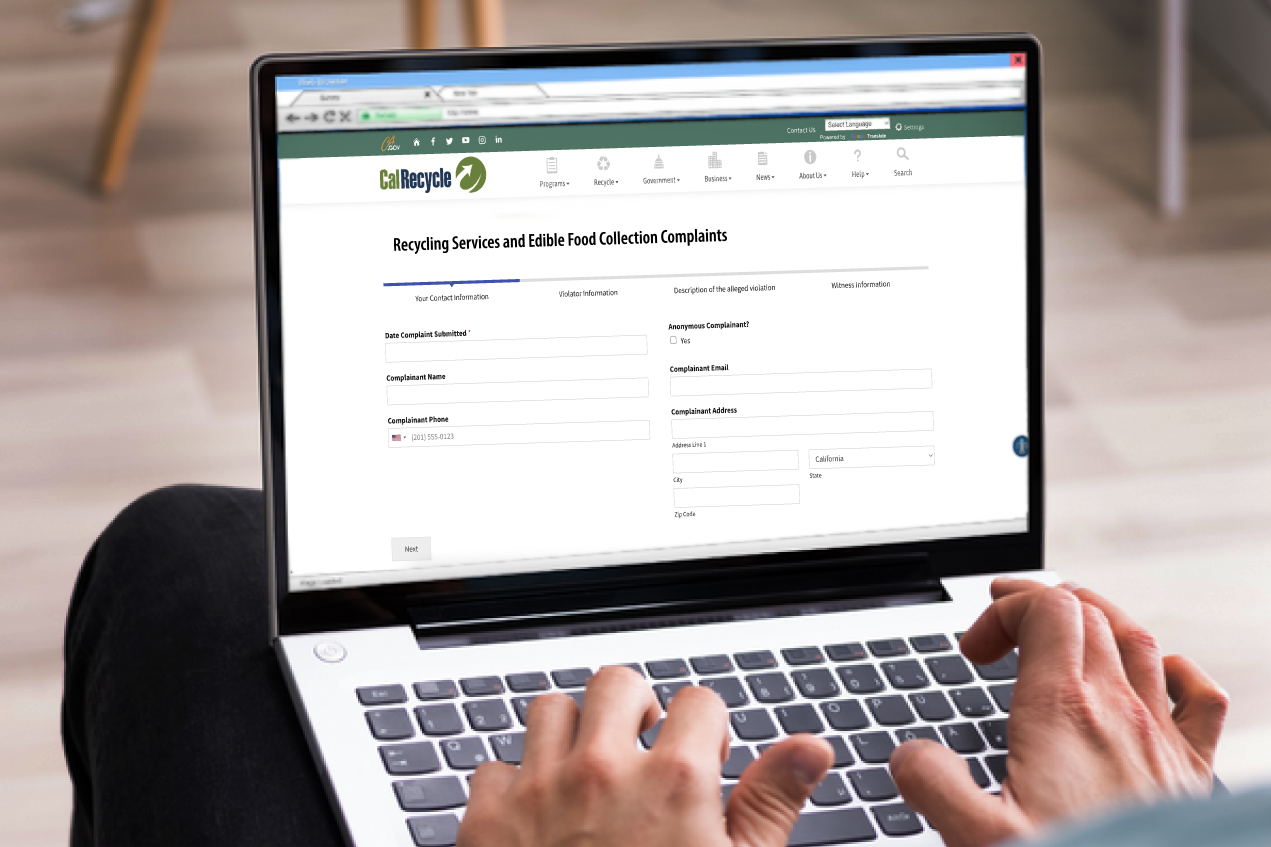
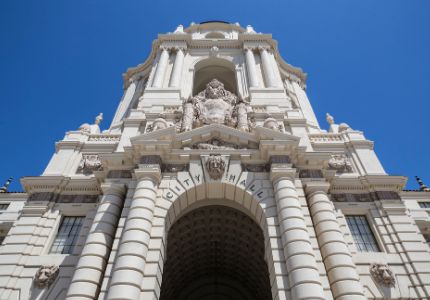

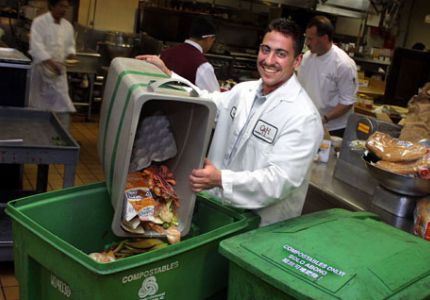
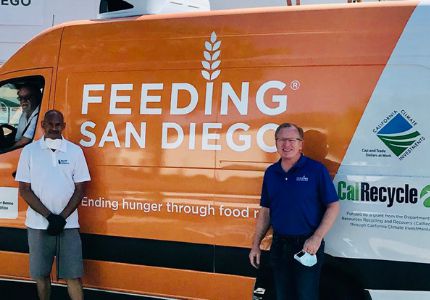
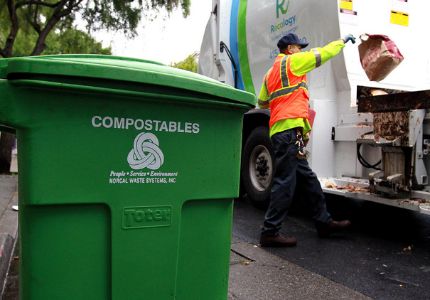
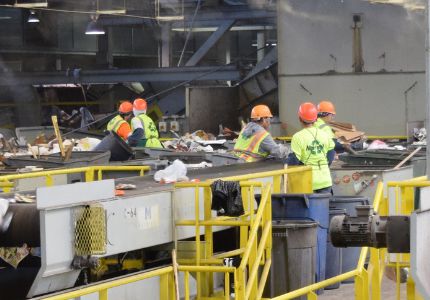
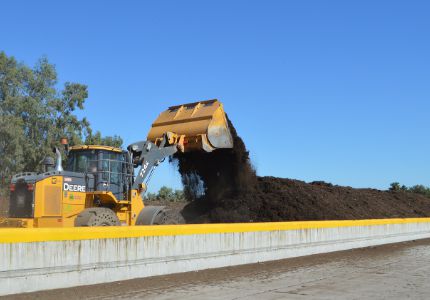

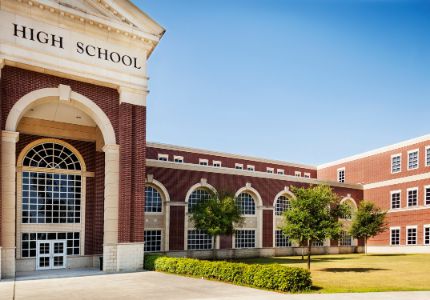
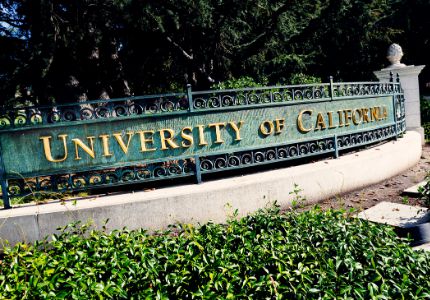

You must be logged in to post a comment.